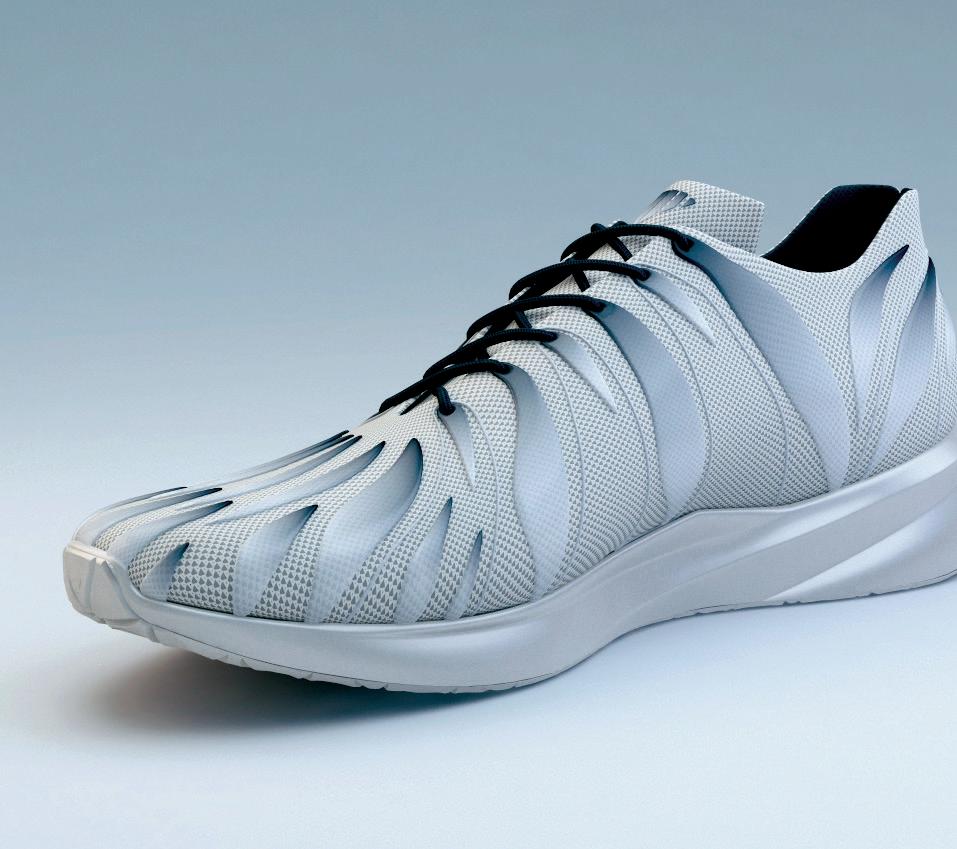THIS IS AM W
hen Desktop Metal was featured on the cover of this very magazine last year and declared “bases loaded”, not even a global pandemic could curb the additive manufacturing (AM) company’s ambition.
SHOWN: PARTS PRINTED ON THE DESKTOP METAL PRODUCTION SYSTEM
First came the installations of its newly introduced Shop System, then a public listing on the New York Stock Exchange in a deal with Trine Acquisition Corp, and shortly after, the first of a series of bold acquisitions. In January, Desktop Metal brought EnvisionTEC into the fold in a milestone $300 million acquisition, and with it, nearly 20 years of experience in polymer AM as the originator of DLP technology. For those looking on, the foray into polymers may have seemed surprising, but if you ask Desktop Metal CEO and Co-founder Ric Fulop, the opportunities outside of metal have always been clear. “I've always believed there's a huge opportunity in composites and polymers,” Fulop told TCT. “We're in this segment of additive manufacturing that’s growing very fast and it's not tooling or prototyping - that's what's been done yesterday. It’s now all about mass production, competing with conventional manufacturing and changing the way people make things.” Fulop and team have labelled this new era of manufacturing, “Additive Manufacturing 2.0”, the next generation in 3D printing that’s about leveraging the power of AM at scale for mass production. Shattering the belief that AM only works for specialized, low volume applications, AM 2.0 promises to innovate on product, process and materials.
“It’s now all about mass production”
Desktop Metal’s growth strategy, which revolves around these three central pillars - printers, materials, and parts, is to offer a broad set of economic AM technologies that enable the company to compete cost-effectively with conventional manufacturing across a range of applications. The focus being on performance across material properties, surface finish, tolerances, and most critically, speed and cost. While Desktop Metal has continued to push hard on R&D internally by bringing more tweaks and materials to its own metal and composite platforms – most recently the addition of 316L stainless steel and dental-focused chrome cobalt material on its popular binder jet Shop System and also 316L SS, 4140 low-alloy steel, 420 SS and nickel alloy IN625 on the Production System platform – the company has sought inorganic opportunities to grow with the acquisition of multi-material 3D printing firm Aerosint and the Phonograft platform enabled through Beacon Bio, the latter of which came from its Desktop Health business line that's dedicated
06 / www.tctmagazine.com / VOL 7 ISSUE 5
SHOWN: FORUST AUTOMOTIVE LUXURY WOODEN INTERIOR











